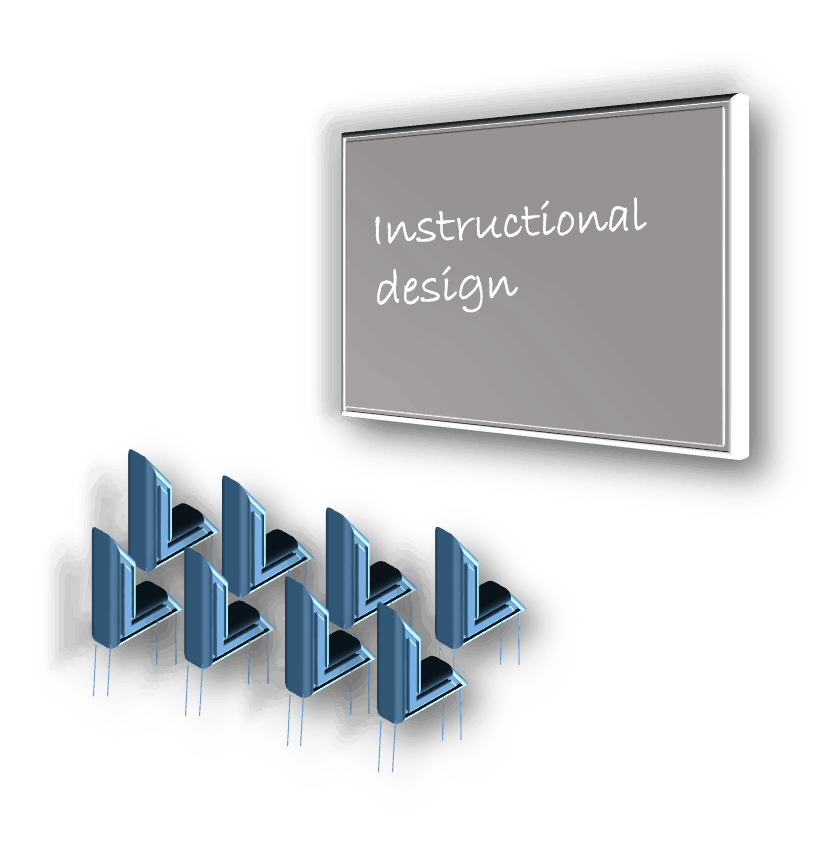What do instructional designers do?
As the name implies, an instructional designer is one who designs materials used for the purpose of instruction and learning. Like all other design professions, this involves analysis of the requirements of the end users, conceptualising, visualising, development, deployment, evaluation and adjustments. Let us understand each step in the context of instructional design.
Analysis:
The instructional designer must know who needs to learn, what do they need to learn and why. The mode of instruction will depend on the goal and the audience. For example, somebody needs to learn how to make tea. Now, if this somebody is an adult, we cannot use the same mode of instruction or even the same language as used when somebody is a child. Again, if somebody only needs to know theoretically how to make tea, the instructional design approach would be quite different from the need to gain the practical ability to make tea.
Conceptualising:
The instructional designer now plans the mode of instruction for the most effective learning. Should it be virtual or face-to-face? Online, self-paced or time bound? Should there be illustrations, audio-visual elements? How long should the instruction take? How can we test and make sure that the learning goal is met?
Visualising:
This is the stage when the instructional designer creates the actual design, often in the form of a storyboard. A storyboard design is required for e-learning development. For instructor-led or classroom training, a comprehensive list is made of the various materials required in the classroom, such as a presentation, exercise books, handouts, audio-visual elements, trainer and participant guides and so on.
Development:
This is when the instructional materials are developed according to the design, by multimedia developers and content developers, always under the supervision of the instructional designer. Other people involved in the development are the subject matter experts. Often the instructional designer actively participates in the development.
Deployment:
This is when the instructional materials reach the end users, i.e. the students or the learners. They experience the learning either through a facilitator or by themselves using a computer or a mobile phone.
Evaluation:
There are several ways of evaluating the effectiveness of the instructional design. The users or learners may be asked to take tests or provide feedback about their experience. Sometimes the supervisors or teachers of the learners may also be called upon to provide feedback.
Adjustments:
The instructional designer analyses the results of the evaluation and modifies the instructional design to make it more effective. Sometimes the adjustments are also required because of changes in the environment or circumstances.
The above is, in a nutshell, what an instructional designer does on a daily basis.
So, what skills do you need to have to be an instructional designer?
First and foremost, you must have the ability to understand any subject matter and convert it into compact, lucid, easily digestible format. For this, an excellent grasp of language is essential. You must have good writing and storyboarding skills and skills to use various authoring tools and learning development software.
What knowledge do you need to have?
To be an instructional designer, you need to know human psychology and behaviour with respect to learning. Knowledge of learning theories, models and methodologies help you approach your design and deployment in a scientific and proven manner. You also need to know certain globally accepted standards for e-learning and mobile learning deployment. Basic knowledge of graphic design, multimedia software, and html program would also help you perform your day-to-day activities more effectively.
What is the future of instructional design as a career?
The world of professions is changing rapidly and will continue to change with new technologies and new ways of conducting business and life. To keep up, people need to learn fast and learn continuously. Only the instructional designer can make this rapid learning possible. Today’s instructional designers are able to provide learning on demand, in micro capsule format, through smartphones, tablets, augmented and virtual reality (AR and VR).
Therefore, instructional design as a profession, is here to stay, grow, and evolve. Are you up to the challenge of an instructional design career?
This post is written by Sonia Bhattacharyya
Sonia Bhattacharyya is an instructional designer by profession. She has been in the field of learning ad development for the past 17 years and has worked for many corporate giants around the world.





